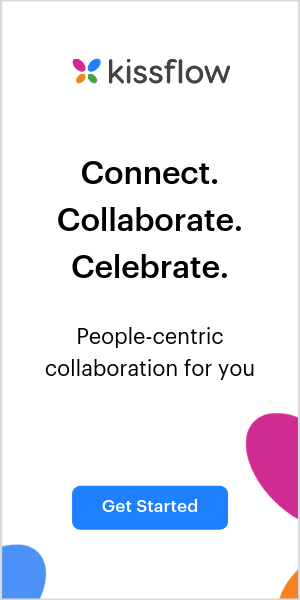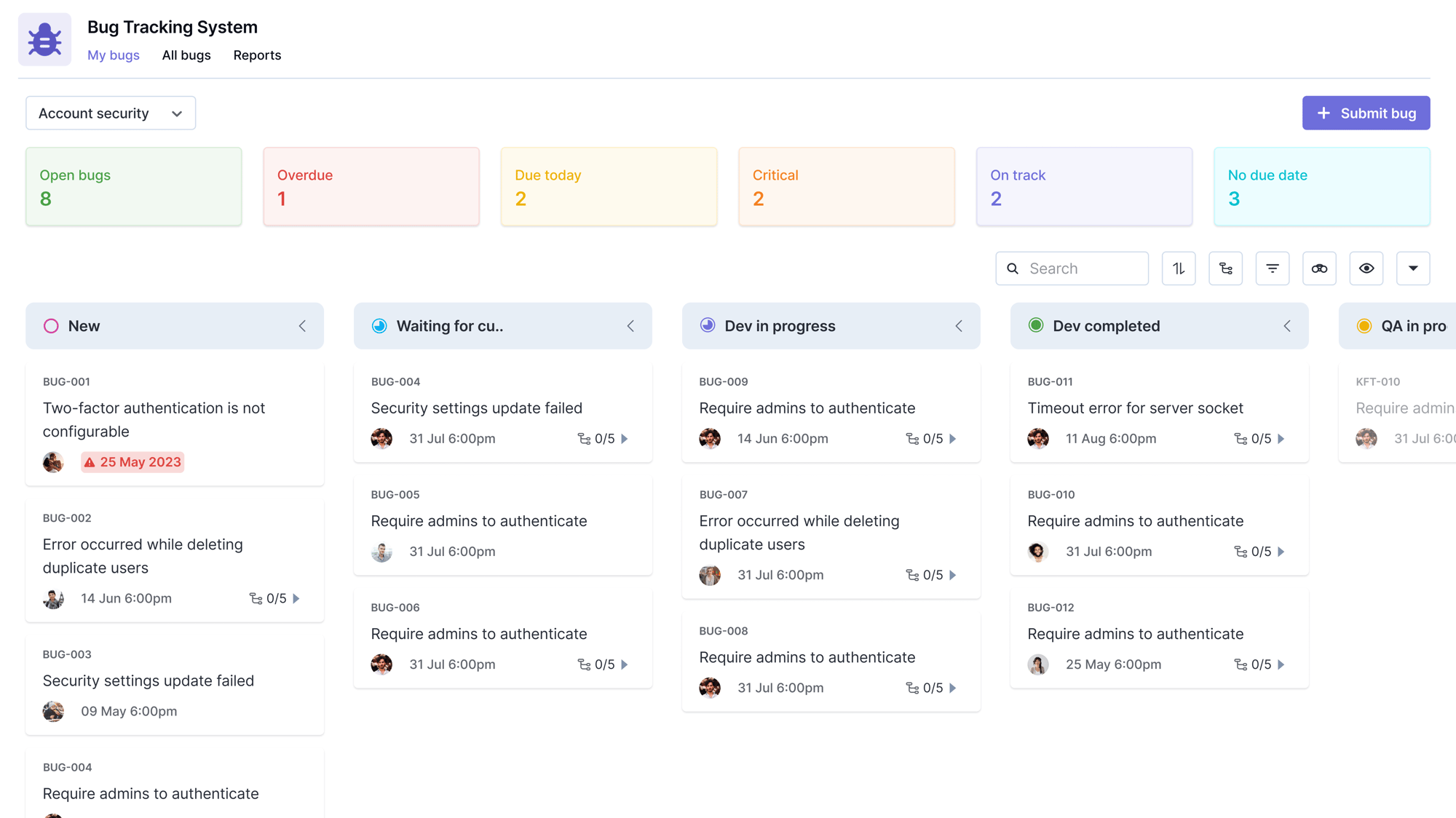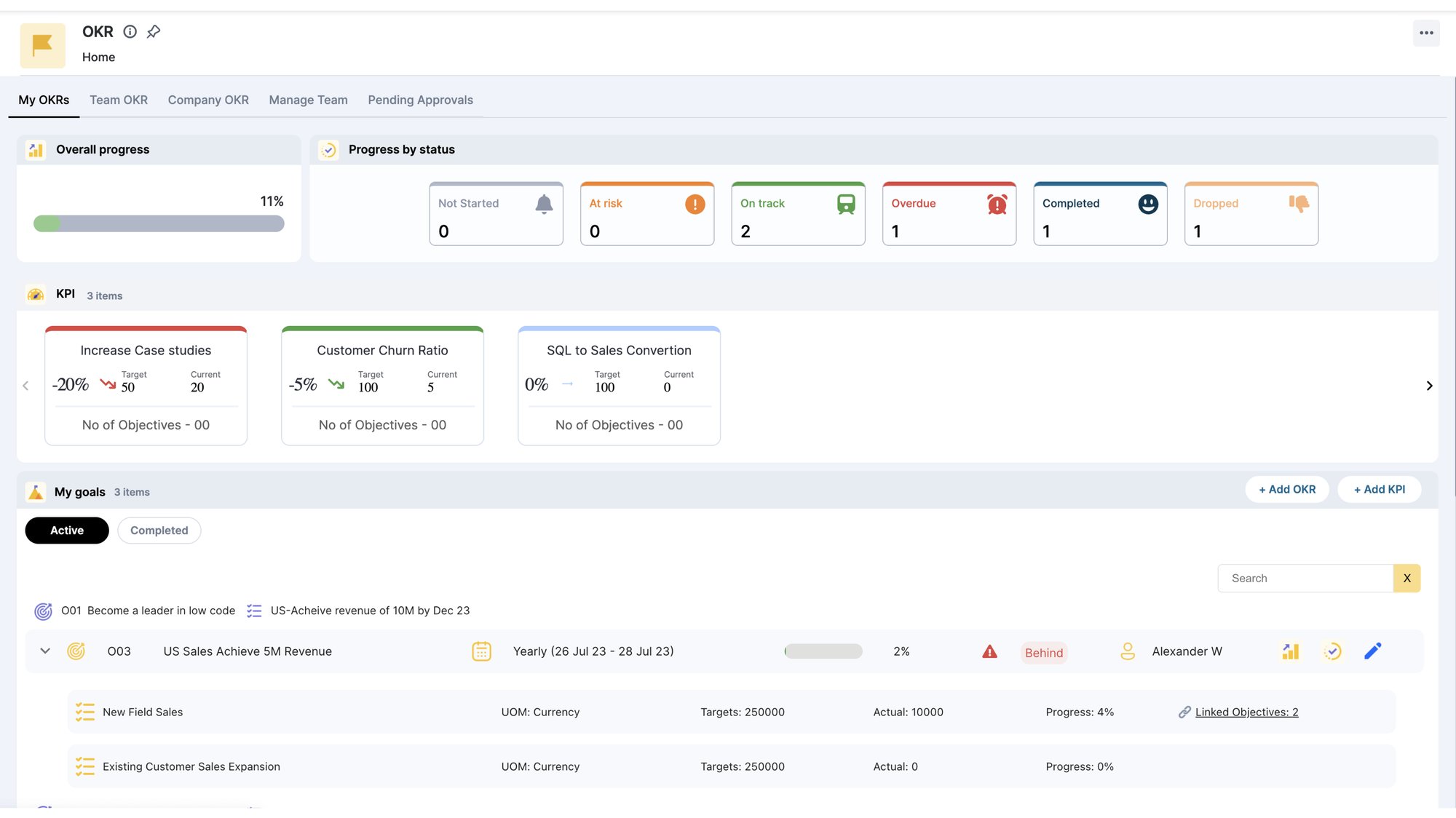What is collaboration software?
Collaboration software is designed to maximize teamwork effectiveness by providing a central platform where employees can openly share knowledge, data, and documents to solve specific business problems or complete creative projects together. Team members interact from any location on the cloud, sparking innovation and driving progress to boost profits and company growth.
Why Collaboration Software?
Your organization has upped the IT budget for the coming year, and some critical investment decisions must be made. Of all the business software programs available, which would be the most strategic? In a boundless sea of options, decision-time can be quite stressful.
Take a moment to consider some challenges in your workplace. Information problems, chaotic workflow, and miscommunication are common complications, often due to the lack of effective software or too many digital applications. If your company struggles with any of these issues, Collaboration software might be where you need to focus your new budget.
Common features in collaboration software
The collaboration software market is vast, but most tools will include the following core features:
1. Social networking
Internal communication is organized into channels that are categorized by topic. Employees can view all public conversations but don’t have to scroll through irrelevant discussions to find answers from team members regarding specific projects or work segments.
2. Document management
Cloud document management is non-negotiable and highly effective when tied into collaboration software. Team members can collectively draft and edit documents or share individually created documents directly into social networking feeds for feedback.
3. Powerful search engine
Tracking down siloed data can put a significant strain on projects and problem-solving. A wiki search enables employees to find any public document or prior conversation through a simple search in a single platform, instantaneously.
4. Task management
If the purpose of collaboration software is to expedite projects and problem-solving, then managing the necessary tasks to achieve resolution in the same platform further simplifies processes. Monitoring project progress keeps goals on track and team members on the same page.
5. Smooth user-interface on any device
There is no reason to settle for clunky, difficult-to-navigate collaboration software. Your employees won’t want to use it, and your investment will not meet its full potential. Top-notch tools are a breeze to maneuver, whether on a desktop or a mobile device.
6. Security measures
While server encryption on the vendor’s side is essential, the usual source of security breaches is slack internal control. Collaboration software should offer flexible permissions at appropriate levels for controlled internal data access. Additional authentications and security protocols are included in some platforms to ensure locked-down data.
What can collaboration software accomplish?
The collaboration software market is predicted to hit $45 billion 1 globally by the end of 2019. Why? Businesses across all industries are experiencing incredible bottom-line impacts and positive shifts in company culture.
Skyrocketed productivity
Shared information and organized conversations empower teams to tackle goals with focused intensity, driving efficiency. 80 percent of businesses employ collaboration software to improve business operations, increasing productivity by up to 51 percent.
High-quality work
Instead of remaining confined to a small circle of colleagues for advice or input, employees can tap into any expertise across the company through a collaboration platform, fueling creativity and innovation. The results are passed onto customers, satisfying their needs through new products and excellent service.
Improved alignment with company vision
89 percent2 of employees want to be more connected to their company’s mission and values. Amidst the daily grind, workers can lose sight of the overall purpose and direction behind their tasks. In collaboration software, employees regularly receive word of internal changes, industry news, and company progress and can apply relevant information to their daily work.
More engaged, less stressed employees
Collaboration software opens lines of communication between top management, teams, and individuals in a casual environment. Senior managers pass along pertinent info with direct authenticity in a news channel instead of cookie-cutter emails.
Poor teamwork is the most common cause of stress in the workplace, but collaboration apps resolve common stressors and improve relationships. 85 percent3 of employees with access to collaboration software are more likely to perceive themselves as happy in the workplace.
Benefits of collaboration software
When making tech investments, selecting a diverse program helps get the most bang for your buck. Comprehensive collaboration software makes a profound impact in a variety of ways. Here are the list of benefits of collaboration
– Positive work culture
Within office bubbles, workers tend to gravitate toward complaints and negativity about workloads or colleagues, but employees will think twice before posting non-constructive, negative comments in a news feed. In contrast, the everyday focus shifts toward reaching goals and celebrating achievements publicly.
– Consolidated data and communications
Switching back and forth between multiple business apps has become an everyday problem in today’s tech world. Two-thirds of workers report wasting 60 minutes4 a day toggling between apps. Finding documents, choosing a communication channel, and completing tasks under different tabs crowds laptop screens, but collaboration software cuts down on toggling time and reduces frustration.
– Transparency
Teams working in public through collaboration software more quickly spot errors or bottlenecks and can tackle problems together instead of playing a blame game. Opening access to things like calendars and internal reports to employees enables a broader understanding of the company and also reveals how each individual fits into the big picture.
– Dynamic teamwork
Gartner analysts predict that by 2020, 70 percent 4 of organizations using collaborative management systems will report significant improvement in team performance. Numerous studies have shown high-performing employees receive support when they ask for it. The connectedness provided by collaboration software makes reaching out for support a swifter and less intimidating process.
– Reduced turnover
Speedy onboarding through collaboration software helps new team members feel valued and connected on the first day. Miscommunication and rework are reduced across the board, stress is minimized, and employees gain a sense of purpose in a positive work environment with an influential culture. According to a Gallup poll5, a communicative and collaborative workplace can reduce turnover by 59 percent.
– Attract top talent
Skilled professionals are looking for organizations that provide collaborative tech tools on the cloud. The number of remote workers and freelancers are multiplying every year, and collaboration software enables a business to instantly connect remote workers to a team for a one-time gig or ongoing work without a drawn-out hiring process.
Types of collaboration software
As with any software, collaboration platforms all have their strengths, weaknesses, and prominent features. As you search, it’s helpful to know there are a couple of main categories.
Communication
Communication-centric programs offer a variety of ways for employees to interact and share knowledge, such as social networking. Managers create groups for topic- or team-related discussions open to anyone interested. Individuals can customize notification settings to ensure relevant messages are received and minimize irrelevant chatter.
Coordination
Other collaboration tools focus on collaborative project management and offer more task management-related features. Assigning tasks, monitoring progress, and streamlining workflow are also critical components for a team striving to achieve a goal together. As members discuss ideas for a project or problem, they can follow through with implementation to ensure the overall process is on schedule.
Crucial factors for selecting collaboration software
Collaboration software should not burden users but lend a helping hand. After reviewing the following factors, contact well-matched vendors for a free trial to test the platform’s performance first-hand.
What’s your bulls-eye?
Take some time to decipher what your business is aiming to accomplish through a new tech investment. Does your company need a stronger culture? Improved organization? Sharpened communication standards? When it’s time to introduce collaboration software to your employees, sharing the intended benefits will boost engagement in the new tool.
Integration-friendly
Why take the time to hand-code integration when easy API integrations are available? Search for vendors who offer hassle-free integration. Integration with accounting software, for instance, delivers real-time fund balances for projects, cutting down on redundant data entry while reducing overspending. Integration should also allow all media to be kept in your company’s preferred storage system, such as Dropbox or Google Drive.
Strong vendor support
Despite an organization’s best efforts to tackle IT snags, vendor support is occasionally required. Prevent IT-related delays by choosing a vendor who offers personal support within 24 hours. Top vendors also provide thorough troubleshooting chatbots and tutorials for straightforward issues and handle all maintenance and upgrades for clients at no extra charge.
Think long-term
What will your organization look like in five years? Will a minimal collaboration tool meet your needs by then, or will the company quickly outgrow a small solution? Switching software every few years slows employees down and creates confusion. Choose a scalable solution that will fulfill your company’s needs and accommodate user numbers for at least the next five years.
Kissflow Digital Workplace —a complete solution
After gaining a deeper understanding of collaboration software, you can confidently take the plunge into a new IT investment. Adopting a new application shouldn’t be a daunting task, but rather a purposeful venture.
Selecting a solution with a long-term mindset and strong executive support are major success factors, but the product must also add value to daily work in more than one dimension. Kissflow delivers collaboration software fused with modules to manage projects, cases, and repetitive processes. Kanban drag-and-drop customization boards empower anyone to organize projects or processes, no matter the level of IT know-how.
Kissflow’s centralized, diverse modalities prevent time-consuming app toggles, eliminate confusion, and unite businesses across departments. The one-stop ease of integrated collaboration exponentially raises the chances of company-wide participation.
End-to-end communication and coordination take place on every business front in Kissflow’s truly integrated digital workplace. Experience a truly transformative tool and try Kissflow today.
Get started with the Kissflow Platform and learn how to leverage its features to drive better results

.png?width=2000&name=admin%20dashboard%20(2).png)










